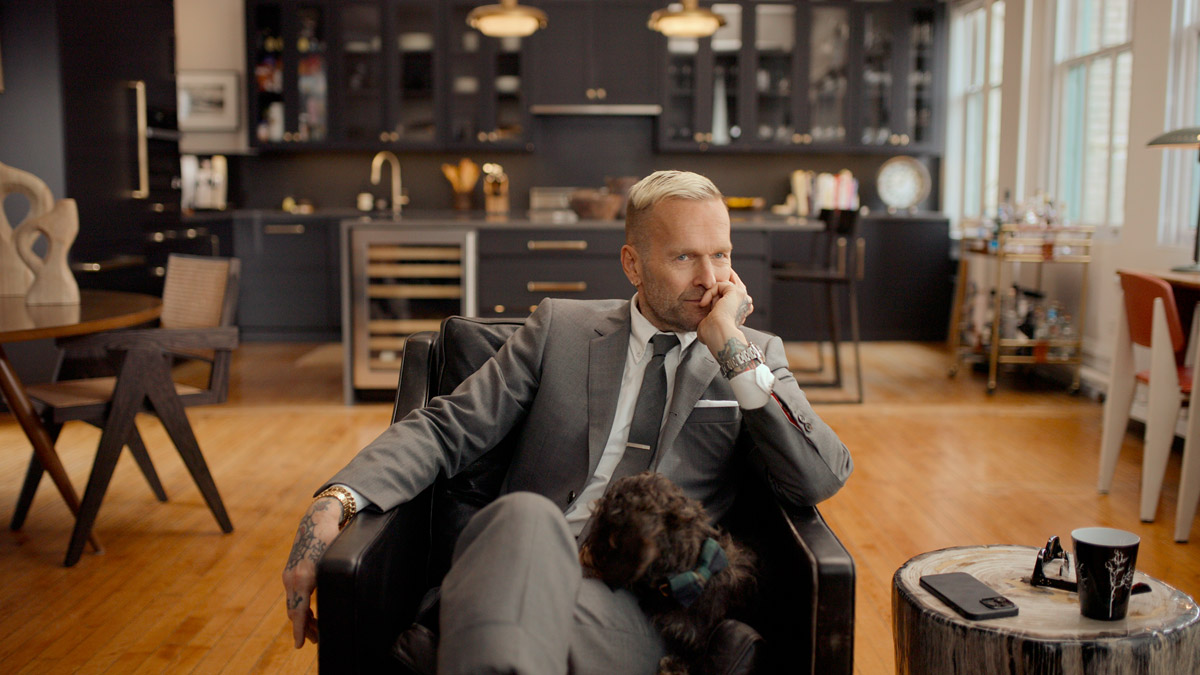
Spoilers for Fit for TV
Fit for TV: The Reality of The Biggest Loser is a three episode docuseries about The Biggest Loser, a reality show competition which aired on NBC from 2004 to 2016. Fit for TV premiered on August 15th and is currently the most-watched TV show on Netflix in the US. Several contestants, the creators, the show’s doctor, host Alison Sweeney and trainer Bob Harper were interviewed. Trainer Jillian Michaels wisely declined to be interviewed. (She’s been going full MAGA and I’m sure she would have come across as poorly as she does on the show and on social media.) The only people behind the show who seemed somewhat sympathetic were Sweeney and Dr. Robert Huizenga, who said that he pushed back on some of the crueler stunts, when he was made aware of them. The idea for The Biggest Loser came from a bulletin board note in a gym which co-creator/personal trainer Dave Broome saw from an obese man asking for help. Broome emphasized this point, even as it was clear that he made no effort to reach out to the man. Kudos to the filmmakers for underlining how ridiculous this was, and how the show dehumanized people and put their health at risk by gamifying weight loss.
People Magazine has a quick writeup with quotes from Fit for TV from Dr. Huizenga. Dr. Huizenga’s experience as a doctor for The Steelers helped shape the direction of The Biggest Loser, which used punishing workouts because they made for dramatic television and quick weight loss.
In Netflix’s three-part docuseries Fit for TV: The Reality of The Biggest Loser, which premiered Friday, August 15, Dr. Huizenga, a former team doctor for the then-Los Angeles Raiders, said his experiences at the intersection of medicine and the professional sports world helped shape the weight-loss reality show.
“The Biggest Loser was totally sculpted after my experience with the Raiders and the only question was is it possible for an overweight, sedentary person to work out, not with the ability of a professional athlete, but with the intensity of a professional athlete?” Dr. Huizenga says on the show.
Still, as the series progressed and showrunners faced pressure to maintain viewers’ attention through 17 seasons, he says he became increasingly worried about the physical challenges contestants faced.
“We had a 99.9% success [rate] in losing weight. That was really an incredible discovery,” Dr. Huizenga recalls. “But as the show really got popular, some things were being done that I really, I really took issue with.”
“It was scary because from season 1, you have women — 200 lbs., men — 300, and it just went up, straight line up. And with that, the ability to exercise, a straight line down. So when they do a physical challenge that puts people in harm’s way, that’s where I have to step in,” he says.
Looking back, Dr. Huizenga said he was not always aware of every aspect of the contestants’ experiences.
“There were times, unfortunately though, that challenges were done that I didn’t see or hear about, which was the main hang-up to making it a much safer environment,” Dr. Huizenga said.
Going into this series, I had a positive impression of Bob Harper as “the nicer trainer” on The Biggest Loser. I’ve admittedly only seen two or three episodes in full. Fit for TV showed Harper on season 7 befriending and then targeting a Black woman, Joelle Gwynn, whom he singled out for some of his harshest criticism. He continued to defend his behavior in these new interviews, without a shred of recognition for how problematic he was 16 years ago. Joelle was also interviewed and you could see how hurt she was by having to go through that. The contestants’ emotions still seemed raw, many still had significant trauma, particularly a woman named Tracey Yukich who experienced life-threatening rhabdomyolysis during a challenge and had to be airlifted to a hospital. Still, the co-creators defended the show and Broome even said he’d do it again without prize money, since so many people are desperate to lose weight.
Fit for TV came to the conclusion that The Biggest Loser couldn’t be made today, because Ozempic and GLP-1 agonists have made weight loss much less dramatic. I’d like to think that it couldn’t be made today because emotional and physical abuse are no longer acceptable on television. There have already been several real-life versions of Squid Game though, so that is no true at all. Multiple people saw a fictional show about people being murdered for entertainment and thought they should make it real.
Photos credit Netflix press